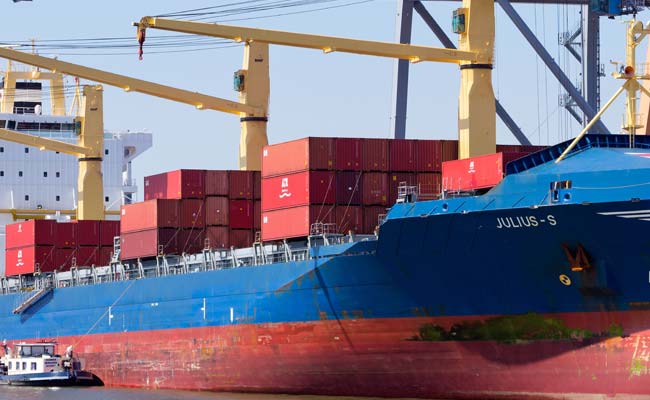
New FTP simplifies and merges all merchandise incentive schemes
Shakti Shankar Patra | The Dollar Business  In a much needed simplification procedure, the Modi Sarkar has merged all existing merchandise export incentive schemes like Focus Market Scheme (FMS), Focus Product Scheme (FPS), Market Linked Focus Product Scheme (MLFPS), Vishesh Krishi & Gram Udyog Yojana (VKGUY) and Agri Infrastructure Incentive Scheme (AIIS) to come up with a single Merchandise Exports from India Scheme (MEIS). Part of the much-awaited and much-delayed Foreign Trade Policy (FTP) that was released at Vigyan Bhawan in New Delhi on Wednesday, MEIS, essentially, tells an exporter that a product, when exported to a particular country, will fetch a certain percentage of the FOB value. This does away with the need to keep a constant eye on the different rates that existed for different goods under different schemes. For example, earlier, while the export of electric cars used to get an exporter an incentive of 2% as per FPS, exporters of it (electric cars) and most other varieties of cars used to get a 2% incentive as per FMS or were eligible for the same 2% under MLFPS. And as one would expect, there was no incentive for car exports under VKGUY or AISS. And since, anyway, an exporter was allowed to avail the benefits of only one of the above schemes, it essentially meant that CAR EXPORTS FROM INDIA TO MOST COUNTRIES GOT A 2% INCENTIVE. And the new FTP conveys the same thing in a much simpler and clearer manner as it tells us that CAR EXPORTS FROM INDIA TO 169 COUNTRIES WILL GET A 2% INCENTIVE. Another key takeaway from the new FTP is the fact that all incentive scrips are now tradable. Earlier, the same was not the case for Agri Infrastructure Incentive Scrips. In another such simplification mechanism, the new FTP has allowed for the debits towards basic customs duty, when paid in such scrips, can be adjusted as duty drawback. Earlier, the scrips were allowed to be paid either for customs duty, excise or service tax only. Even this step, will reduce paper work and definitely “ease the doing of business.”
In a much needed simplification procedure, the Modi Sarkar has merged all existing merchandise export incentive schemes like Focus Market Scheme (FMS), Focus Product Scheme (FPS), Market Linked Focus Product Scheme (MLFPS), Vishesh Krishi & Gram Udyog Yojana (VKGUY) and Agri Infrastructure Incentive Scheme (AIIS) to come up with a single Merchandise Exports from India Scheme (MEIS). Part of the much-awaited and much-delayed Foreign Trade Policy (FTP) that was released at Vigyan Bhawan in New Delhi on Wednesday, MEIS, essentially, tells an exporter that a product, when exported to a particular country, will fetch a certain percentage of the FOB value. This does away with the need to keep a constant eye on the different rates that existed for different goods under different schemes. For example, earlier, while the export of electric cars used to get an exporter an incentive of 2% as per FPS, exporters of it (electric cars) and most other varieties of cars used to get a 2% incentive as per FMS or were eligible for the same 2% under MLFPS. And as one would expect, there was no incentive for car exports under VKGUY or AISS. And since, anyway, an exporter was allowed to avail the benefits of only one of the above schemes, it essentially meant that CAR EXPORTS FROM INDIA TO MOST COUNTRIES GOT A 2% INCENTIVE. And the new FTP conveys the same thing in a much simpler and clearer manner as it tells us that CAR EXPORTS FROM INDIA TO 169 COUNTRIES WILL GET A 2% INCENTIVE. Another key takeaway from the new FTP is the fact that all incentive scrips are now tradable. Earlier, the same was not the case for Agri Infrastructure Incentive Scrips. In another such simplification mechanism, the new FTP has allowed for the debits towards basic customs duty, when paid in such scrips, can be adjusted as duty drawback. Earlier, the scrips were allowed to be paid either for customs duty, excise or service tax only. Even this step, will reduce paper work and definitely “ease the doing of business.”
This article was published on April 1, 2015.

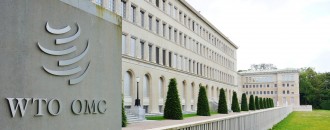
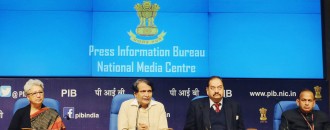
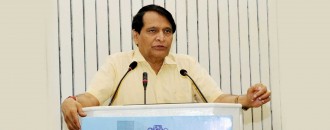
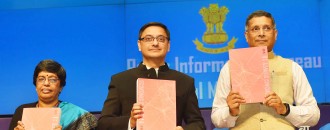

 to success.
to success.